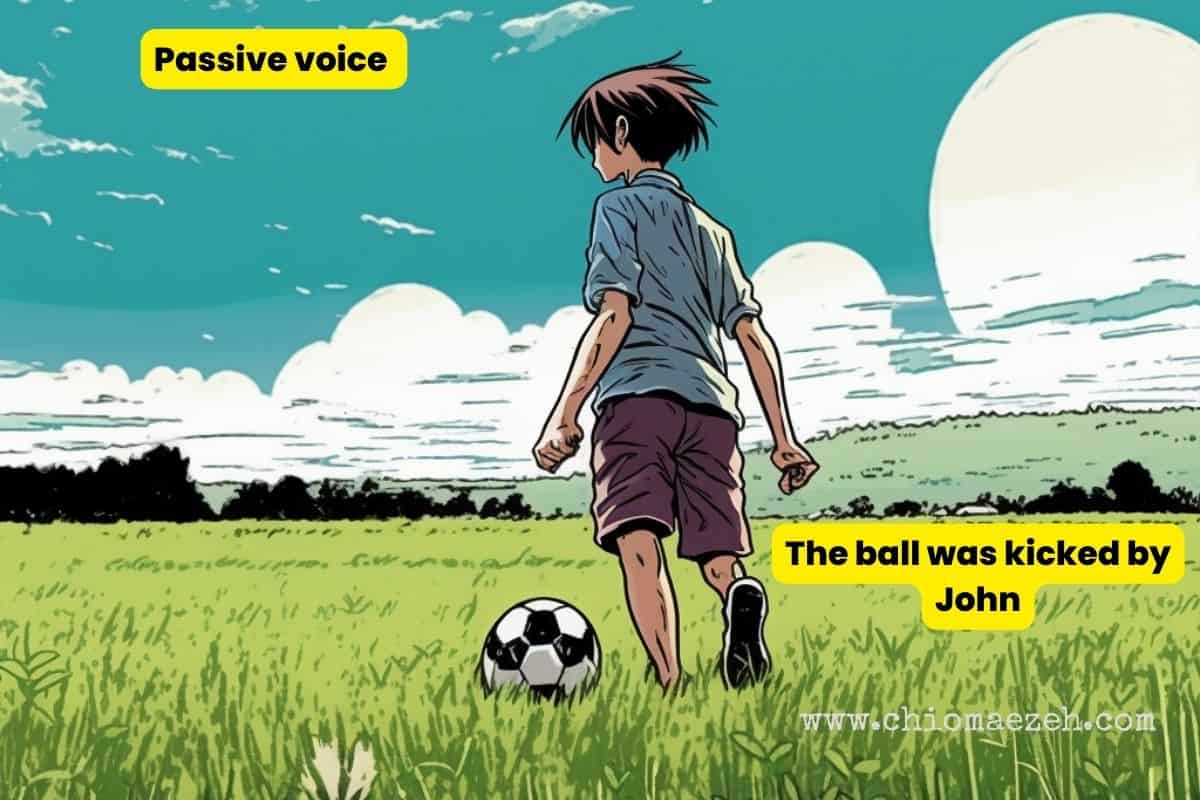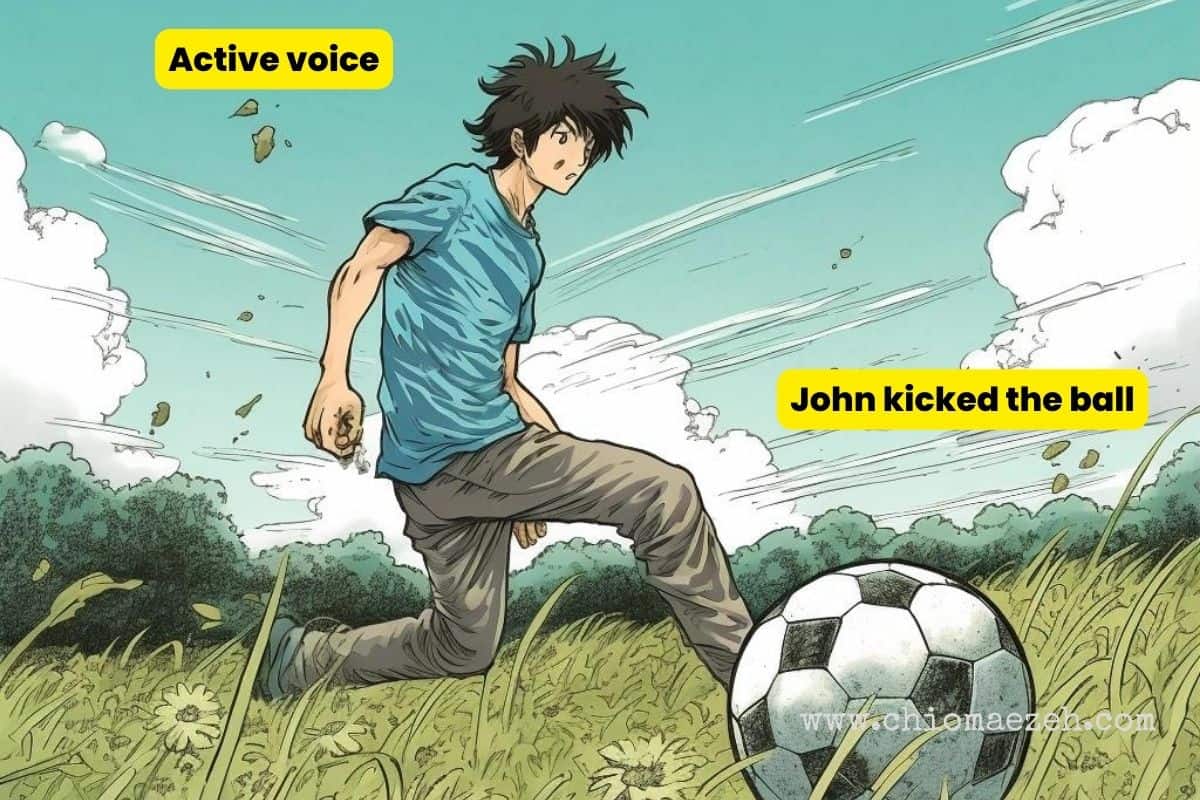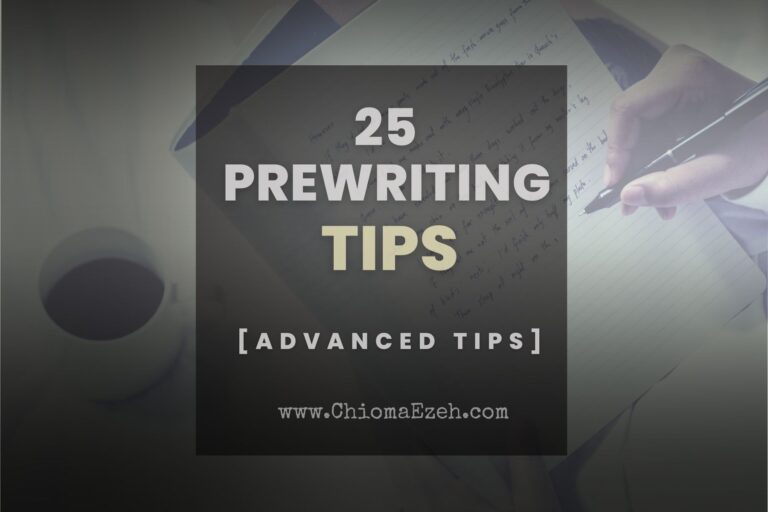Passive Voice In Writing: What Is It & When To Use It?
Good writers know everything there is to know about passive voice and writing. And for those who do not know, apps and other online tools help writers identify when they use the passive voice.
Understanding writing styles such as passive voice and active voice will make you a powerful writer everyone wants to read from. And that’s because how you use words greatly impacts how your message comes across. Your writing needs to have the right tone and voice to resonate with your audience.
Do you want to be a writer who creates content that puts readers to sleep, or do you want to be a writer who creates engaging content readers can never get enough of? Read on to find out how using passive voice can make you a great writer.
👉 Read our full guide to active voice vs passive voice in writing
Let’s Talk
Are you a writer aspiring to pen a masterpiece that never fails to captivate? Look no further. Reach out to us and uncover how we can help you to take your writing to unprecedented heights!

What is Passive Voice In Writing?
Passive voice is a sentence that starts with an object and ends with a subject. It usually has prepositions and linking verbs in between.
You can use this formula to check if your sentence is in passive voice:
Object + linking verb + verb + preposition + subject = Passive voice.
An object is a thing that has something done to it. The subject is what does something to the object.
Consider the following examples:
Passive: “The book was written by J.R.R. Tolkien.”
Passive: “The short story was plagiarized.”
“The book” is the object, “was” the linking verb, “written” the verb, “by” the preposition, and “J.R.R. Tolkien” the subject in the first example. The important takeaway here is that the sentence starts with an object or something that has a thing done to it [the book], and ends with the entity doing something to the book [J.R.R. Tolkien] who is the subject.
The second sentence starts with an object as well – “the short story” and ends with the verb “plagiarized.” You might have noticed the second sentence doesn’t have a subject at all. Entirely eliminating a subject from a sentence is one of the most powerful tools of passive voice statements.
The passive voice is a writing style that places objects at the beginning of statements and subjects at the end. You can remove the subject and still come away with a sentence that makes sense.
Active vs Passive Voice In Writing
Every single sentence in the English language is either written in the active or passive voice. There is no exception to this rule.
“But what is the difference?” you might ask. We already discussed how passive voice sentences start with an object and end with a subject.
Active voice sentences are the exact opposite. They start with a subject and end with an object. Active voice is a more natural way of speaking that is preferred by novelists, journalists, and general audience writers. Your conversations are probably more active voice than they are passive voice.
Here is an example of a sentence written in the active voice:
Active: “J.R.R. Tolkien wrote the book.”
The sentence starts with “J.R.R. Tolkien” who did something to the object. It ends with the object “the book” which he wrote.
Here is an example of a passive voice sentence:
Passive: “The Nancy Drew books were ghost-written.”
The sentence starts with the object “The Nancy Drew books” and ends with the verb “ghost-written.” The main difference between active voice and passive voice will always be the position of the object and subject.
Should You use passive voice in writing?
While many writers prefer active voice, passive voice is also acceptable. It is useful for academic writing, suspense, and other forms of writing.
Passive voice should be your first choice if you want to put more emphasis on the object. It is your natural choice if the subject is missing. It is also something you should consider if you don’t know the subject.
Always remember first to check the style guide of the organization you are writing for. News organizations, universities, publishing houses, agencies, and many other institutions have their own strict writing style requirements.
How To Identify Passive Voice In Writing
Passive voice misuse can be identified by looking out for sentences that feature the verb ‘to be’ followed by a past participle. This combination of words often indicates the use of passive voice.
Another way to spot passive voice misuse is to look for sentences where the subject is being acted upon rather than acting on its own.
Follow these steps to identify passive voice in a sentence:
- Check who is performing the action
- Check who is receiving the action
- Check for verb “to be”
- Use passive voice checker tools
If these words or phrases appear in a sentence, it is likely that passive voice has been misused.
1. Check who is responsible for action
The first thing to do is check who is performing the action.
Constider the sentence “The ball was kicked by John,”

John is the one performing the action of kicking a ball. There’s a good chance you’re dealing with passive voice misuse if you can’t identify the entity performing the action.
2. Check who is Receiving the action
The next thing is to identify what the action is being performed on. In the sentence “The ball was kicked by John,” the ball is having the action of being kicked done to it. A sentence lacking this is, in most cases, grammatically incorrect.

3. Check for verb “to be”
You can also check if your sentence has a linking verb. “The ball was kicked by John,” has the linking verb “was.”
Removing “was” from the sentence turns it into a better-sounding active voice sentence: “John kicked the ball.”
4. Use passive voice checker tools
Finally, you can always depend on grammar tools to catch any passive voice sentences you might have missed. See this article for more details about these tools.
When Should You Use The Passive Voice?
The active voice is the first choice for most writers. It is easier for readers to understand. That said, some situations call for passive-voice sentences. You should use the passive voice in the following situations:
- When the actor is unknown: If you don’t know who performed the action, use passive voice to focus on the action or its recipient.
Example: “The window was broken” (without specifying who broke it). - When the actor is unimportant: If the person or thing performing the action is less important than the action or its recipient, use passive voice.
Example, “The building was constructed in 1900” (the focus is on the building, not the constructor). - When you want to emphasize the recipient: In some cases, the recipient of the action is more important than the actor. Passive voice can be used to highlight the recipient.
Example: “The award was won by our team” (the focus is on the team receiving the award). - When you want to maintain a consistent subject: To maintain a consistent subject throughout a paragraph or passage, improving flow and coherence.
Example: “The experiment was conducted carefully. The data was then analyzed, and the results were published.” - In scientific or technical writing: To create an objective tone and focus on the methodology, results, or processes rather than the researchers themselves.
For example: “The sample was heated to 100°C.” - When you want to be diplomatic or tactful: Passive voice can help soften the impact of a statement or avoid assigning blame.
For example: “Mistakes were made” instead of “You made mistakes.”
While you can use passive voice in some contexts, avoid overusing it. Excessive passive voice can make writing seem wordy or overly formal.
👉 For more insight, see our guide on when to use the passive voice in writing
Passive voice In writing FAQs
Why should writers avoid using passive voice?
Passive voice is great, But it also has drawbacks, especially if you are writing for fiction and general audiences. Leaving out the subject can sometimes leave readers with questions. Other disadvantages of passive voice include longer sentences, more complex statements, and unnatural-sounding phrases. You can use passive voice but do so sparingly.
Why do professional writers use the passive voice?
Writers in industries ranging from academia to journalism sometimes prefer the passive voice. It makes statements sound more objective, giving the statement a formal tone. It is also great for emphasizing the object, especially if the object is something readers should focus on.
A sentence like: “I investigated the matter,” puts too much attention on the investigator, instead of the investigation. That’s why academic writers are even more fond of the passive voice because it allows them to remove themselves from the statement.
Is active or passive voice better in writing?
Every single sentence in the English language is either active voice or passive voice. Statements can contain either style. The choice of which to use will depend on the impact you want to have on readers. Use the active voice if you want shorter and more immediate sentences that focus on the subject. Use passive voice for statements that place importance on the object.
Final Word On Passive voice In writing
Passive voice is a writing style that prioritizes objects instead of subjects. But writers often misuse it.. It is the writing style of choice for writers who want to put less attention on the subject, avoid mentioning subjects that are usually names, and create suspense.
Whether you should use passive or active voice will depend on what you want to achieve with your work – who is more important between the subject and the object, and whether you know the subject.

![What is Prewriting in Writing Process? [Explained]](https://chiomaezeh.com/wp-content/uploads/2023/02/What-is-prewriting-1-768x512.jpg)



![What Is Gore In Horror Writing? [Definition, Examples]](https://chiomaezeh.com/wp-content/uploads/2023/05/what-is-gore-in-horror-1-768x512.jpg)
![How Does Dialogue Affect A Story? [Here’s how]](https://chiomaezeh.com/wp-content/uploads/2023/03/how-does-dialogue-affect-a-story-768x512.jpg)